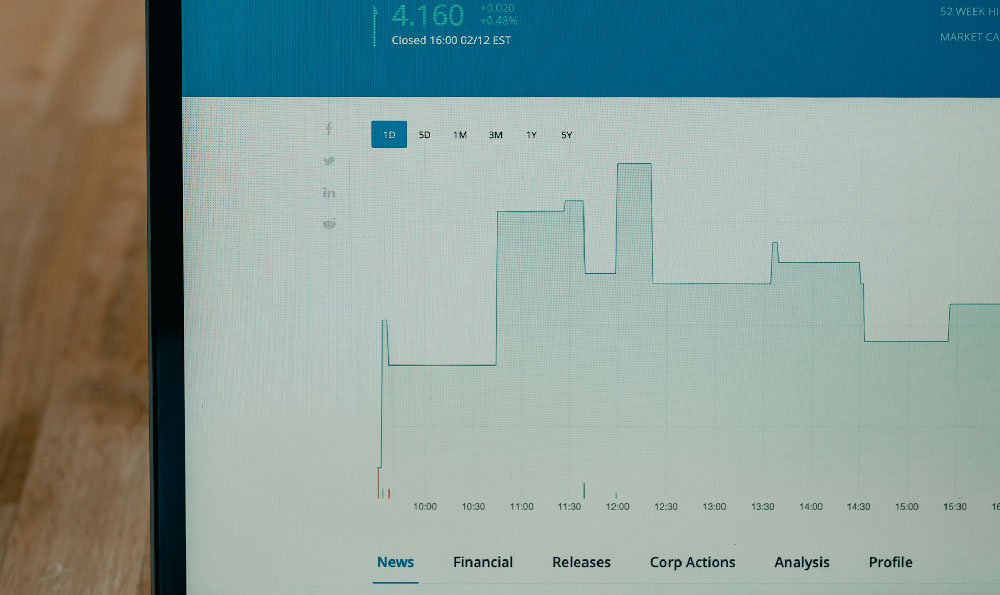The Survival of the Fittest Portfolio: Lessons from Darwin for Investors
Charles Darwin, the father of evolutionary biology, might seem an unlikely guru for the modern investor. Yet, his groundbreaking work on natural selection and adaptation offers surprisingly powerful insights into the world of finance. The core principles of evolution – variation, inheritance, and selection – translate remarkably well into strategies for building a resilient and thriving investment portfolio. Darwin's theories offer a compelling framework for understanding market dynamics, managing risk, and ultimately, achieving long-term investment success. This framework encourages a mindset of continuous learning, adaptation, and a willingness to embrace change, qualities that are indispensable in today's ever-evolving financial landscape.
Understanding Variation: The Importance of Diversification
Darwin observed that within any population, there exists a natural variation in traits. Similarly, the investment world is characterized by a vast array of assets, each with its own unique characteristics, risk profile, and potential for return. This "variation" is crucial. Just as a diverse gene pool allows a species to adapt to changing environments, a diversified portfolio helps investors navigate market volatility and mitigate risk.
Instead of putting all your eggs in one basket (investing solely in one stock, sector, or asset class), diversification involves spreading your investments across a range of different assets. This can include stocks, bonds, real estate, commodities, and even alternative investments like private equity or hedge funds. The goal is to reduce the impact of any single investment on your overall portfolio performance. When one asset underperforms, others may compensate, leading to more stable and predictable returns over time.

Consider a scenario where an investor solely invests in technology stocks. If the technology sector experiences a downturn due to regulatory changes or a technological disruption, their entire portfolio could suffer significantly. However, an investor with a diversified portfolio including technology stocks, healthcare stocks, bonds, and real estate would be better positioned to weather the storm. The losses in the technology sector might be offset by gains in other sectors, minimizing the overall impact on their portfolio.
Diversification is not a guaranteed path to riches, but it is a fundamental principle of risk management. By embracing variation and spreading your investments across a range of assets, you can significantly reduce your portfolio's vulnerability to market fluctuations and improve your chances of achieving your long-term financial goals.
Inheritance and Compounding: The Power of Long-Term Investing
In evolutionary terms, "inheritance" refers to the passing of traits from one generation to the next. In investing, this concept translates to the power of compounding. Compounding is the process of earning returns on your initial investment and then earning returns on those returns. Over time, this snowball effect can significantly accelerate the growth of your wealth.
Just as advantageous traits are passed down through generations, the benefits of compounding accumulate over time. The longer you stay invested, the more time your money has to grow, and the more significant the impact of compounding becomes. This is why starting early and staying invested for the long term is crucial for achieving financial success.
Consider two investors: Sarah and John. Sarah starts investing $5,000 per year at age 25, while John starts investing the same amount at age 35. Assuming an average annual return of 7%, Sarah will have significantly more money than John by the time they retire at age 65. This is because Sarah's investments have had 10 extra years to compound. The early years of investing are particularly important, as they lay the foundation for future growth.
Compounding is not just about earning high returns; it's also about reinvesting those returns. By reinvesting your dividends and capital gains, you can further accelerate the growth of your portfolio. This requires discipline and a long-term perspective, but the rewards can be substantial.
Selection and Adaptation: The Importance of Active Portfolio Management
Darwin's theory of natural selection posits that organisms with traits that are best suited to their environment are more likely to survive and reproduce. Similarly, in the investment world, the ability to adapt to changing market conditions is crucial for long-term success.
The financial markets are constantly evolving, driven by economic trends, technological advancements, and geopolitical events. What works today may not work tomorrow. Therefore, investors must be willing to adapt their investment strategies to remain competitive. This involves actively monitoring your portfolio, rebalancing your asset allocation, and adjusting your investment thesis as needed.
Active portfolio management doesn't necessarily mean constantly buying and selling stocks. It means staying informed about market trends, understanding the risks and opportunities associated with different assets, and making informed decisions based on your investment goals and risk tolerance.
For example, if interest rates are rising, it might be prudent to reduce your exposure to long-term bonds and increase your allocation to short-term bonds or cash. If the economy is entering a recession, you might consider shifting your portfolio towards more defensive sectors like healthcare and consumer staples.
Adaptation also involves learning from your mistakes. No investor is perfect, and everyone makes mistakes along the way. The key is to analyze your past investment decisions, identify what went wrong, and adjust your strategy accordingly. By embracing a mindset of continuous learning and adaptation, you can improve your investment skills and increase your chances of achieving your financial goals.
Embracing the Evolutionary Investment Mindset
Darwin's theory of evolution provides a powerful framework for understanding the dynamics of the financial markets and building a resilient investment portfolio. By embracing the principles of variation, inheritance, and selection, investors can navigate market volatility, manage risk, and achieve long-term financial success.
The key takeaways from Darwin for investors are:
- Diversification: Spread your investments across a range of different assets to reduce risk.
- Long-Term Perspective: Stay invested for the long term to harness the power of compounding.
- Adaptation: Be willing to adjust your investment strategy as market conditions change.
- Continuous Learning: Stay informed about market trends and learn from your mistakes.
Ultimately, the most successful investors are those who embrace an evolutionary mindset. They are adaptable, resilient, and constantly learning. They understand that the financial markets are a dynamic environment and that the only constant is change. By embracing this mindset, you can position yourself to thrive in the ever-evolving world of investing and achieve your financial goals. Just as species adapt to survive, so too must investors adapt to thrive.












